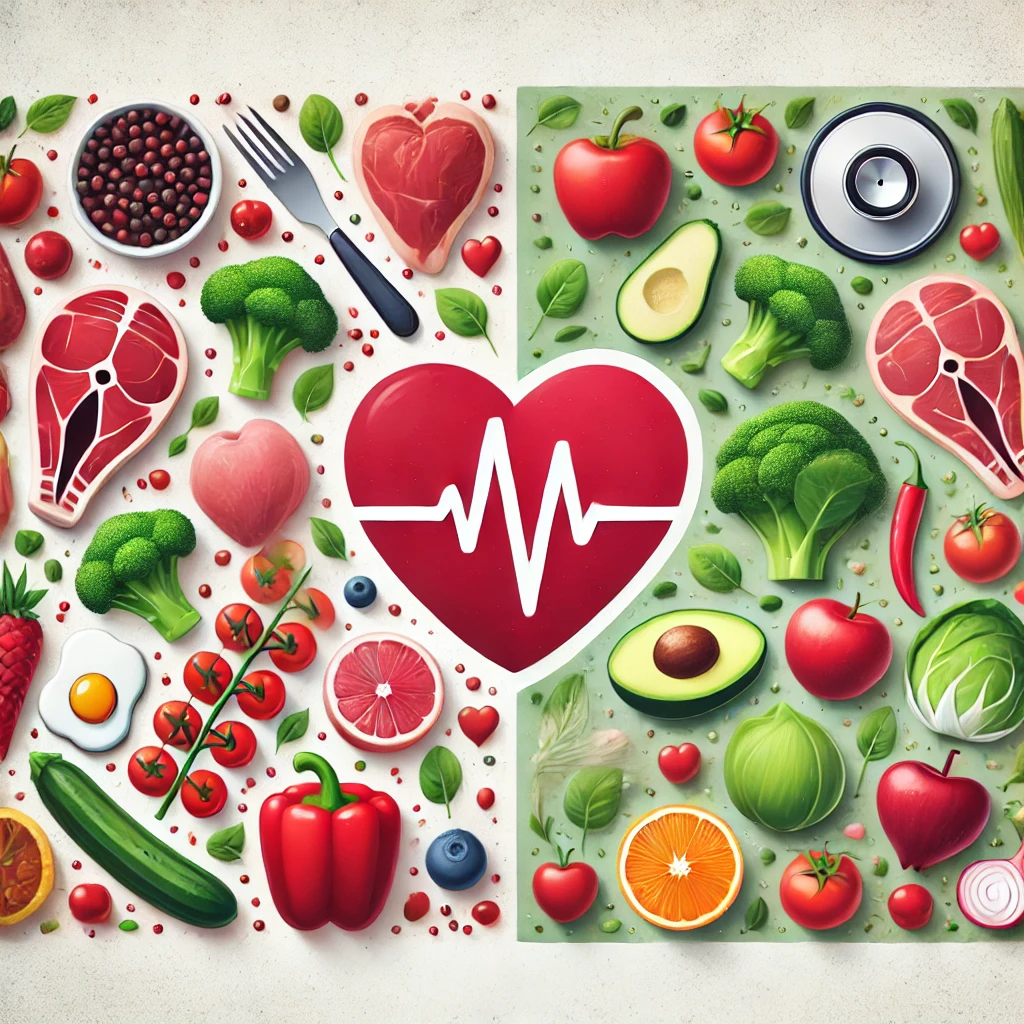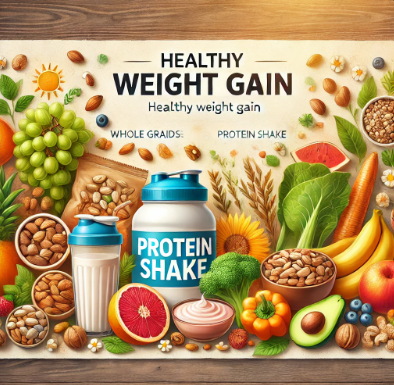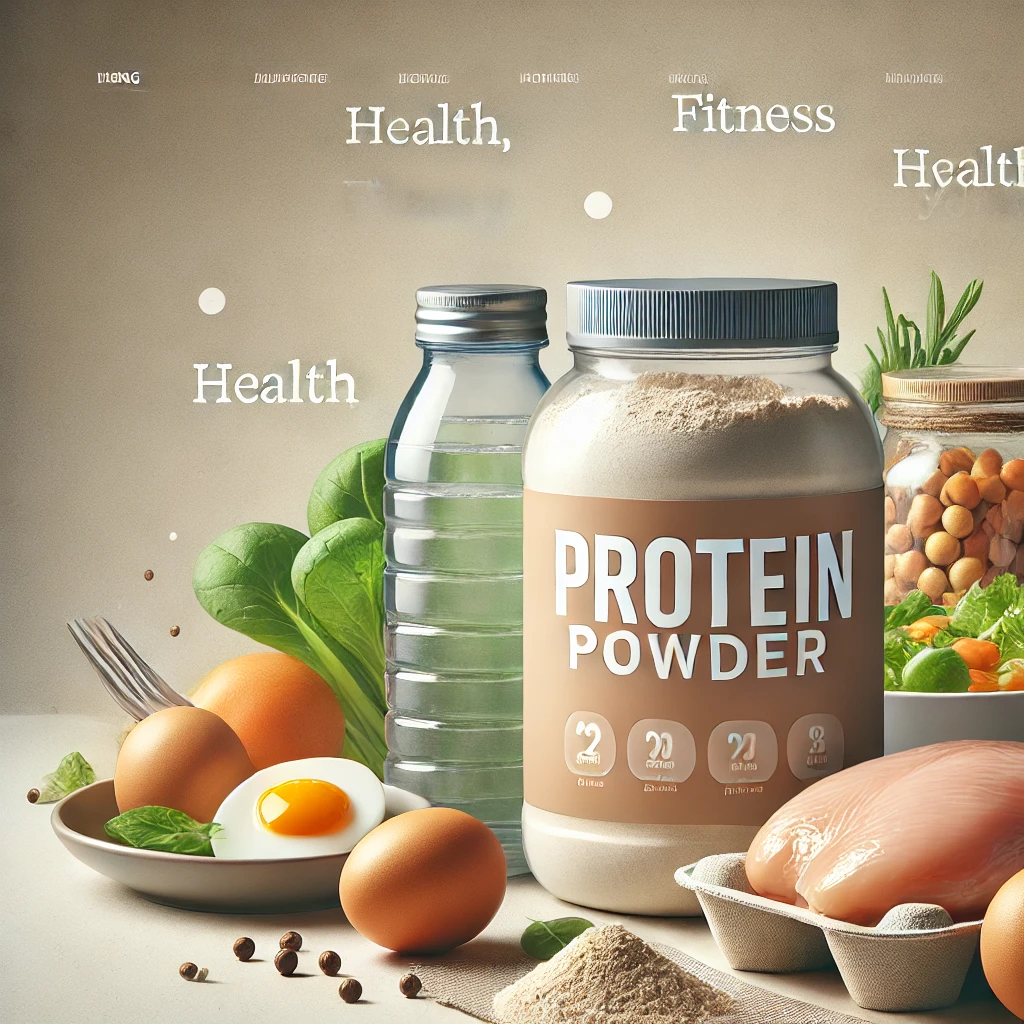For many people, choosing between a vegetarian and non-vegetarian diet comes with a big question: could eating meat increase the risk of heart disease? This concern isn’t without reason—certain types of meat, like red and processed meats, have been associated with higher levels of unhealthy fats and cholesterol. However, heart health is influenced by various factors, and diet is only one piece of the puzzle. Let’s explore how non-vegetarian diets can affect heart health and learn how to make meat consumption part of a balanced and heart-friendly lifestyle.
The Link Between Red & Processed Meats and Heart Health
Saturated Fats in Red Meat
Red and processed meats are often high in saturated fats. These fats can raise LDL (bad) cholesterol, one of the primary risk factors for heart disease. Elevated LDL levels contribute to plaque build-up in the arteries, which restricts blood flow to the heart and increases the likelihood of heart issues.
Plaque Build-up in Arteries
When we consume too many saturated fats, the excess LDL cholesterol can form deposits on the artery walls, narrowing them over time. This process, known as atherosclerosis, limits blood flow, increases blood pressure, and forces the heart to work harder, ultimately raising the risk of heart attacks and other cardiovascular issues.
Additives in Processed Meats
Processed meats, including bacon, sausages, and deli meats, often contain added salts, preservatives, and even trans fats. These additives enhance flavor and shelf life but can have negative consequences for heart health.
High sodium intake, for example, can lead to elevated blood pressure, while preservatives may introduce harmful compounds into the body, creating an inflammatory response that affects heart health.
2. Common Nutritional Gaps in Non-Vegetarian Diets
Limited Fiber and Antioxidants
Non-vegetarian diets can sometimes lack fiber-rich foods like fruits, vegetables, and whole grains, essential for heart health. These foods are packed with antioxidants that combat oxidative stress—a process linked to inflammation and heart disease. Fiber, in particular, plays a crucial role in managing cholesterol levels and supporting healthy digestion.
Importance of Fiber
Fiber not only aids digestion but also binds to cholesterol in the digestive tract, helping to prevent its absorption into the bloodstream. This process can lower overall cholesterol levels, reducing the risk of plaque formation in arteries and promoting a healthier cardiovascular system.
3. Achieving a Heart-Healthy Non-Vegetarian Diet
Focus on Lean Proteins
If you enjoy non-vegetarian foods, lean meat options such as chicken and fish are better choices than red or processed meats. Fish, in particular, is high in omega-3 fatty acids, which have anti-inflammatory properties and support heart health. Try to include lean meats while limiting or avoiding high-fat meats.
Incorporating Plant-Based Foods
Balancing a non-vegetarian diet with plant-based foods is key to achieving a heart-healthy lifestyle. Add fiber-rich fruits, vegetables, legumes, and whole grains to your daily meals to increase your intake of fiber, vitamins, and minerals. Including these foods helps reduce inflammation, improves cholesterol, and enhances digestion.
Heart-Friendly Cooking Tips
Cooking methods make a difference. Grilling, steaming, or baking meats instead of frying can significantly reduce unhealthy fats. Frying in oil adds calories and trans fats, which negatively impact heart health. Season meats with herbs and spices instead of excessive salt to reduce sodium intake and boost flavor without compromising health.
Conclusion
While some non-vegetarian foods can increase the risk of heart disease, it doesn’t mean that being a non-vegetarian automatically puts you at risk. The key lies in the quality of your overall diet. By making mindful choices—such as opting for lean proteins, adding fiber-rich fruits and vegetables, and cooking in heart-friendly ways—you can enjoy a non-vegetarian diet without sacrificing heart health.
Remember, a balanced lifestyle that includes a healthy diet, regular exercise, and adequate rest is essential to long-term well-being. For personalized advice, consult a dietitian to build a diet that meets your health goals
In case of any related query related to nutrition or weight management book an appointment with Dt. Silky Mahajan .You can also send us a mail at info@foodsandnutrition.in or call on 7829999400. Follow us on facebook & instagram for latest updates.











